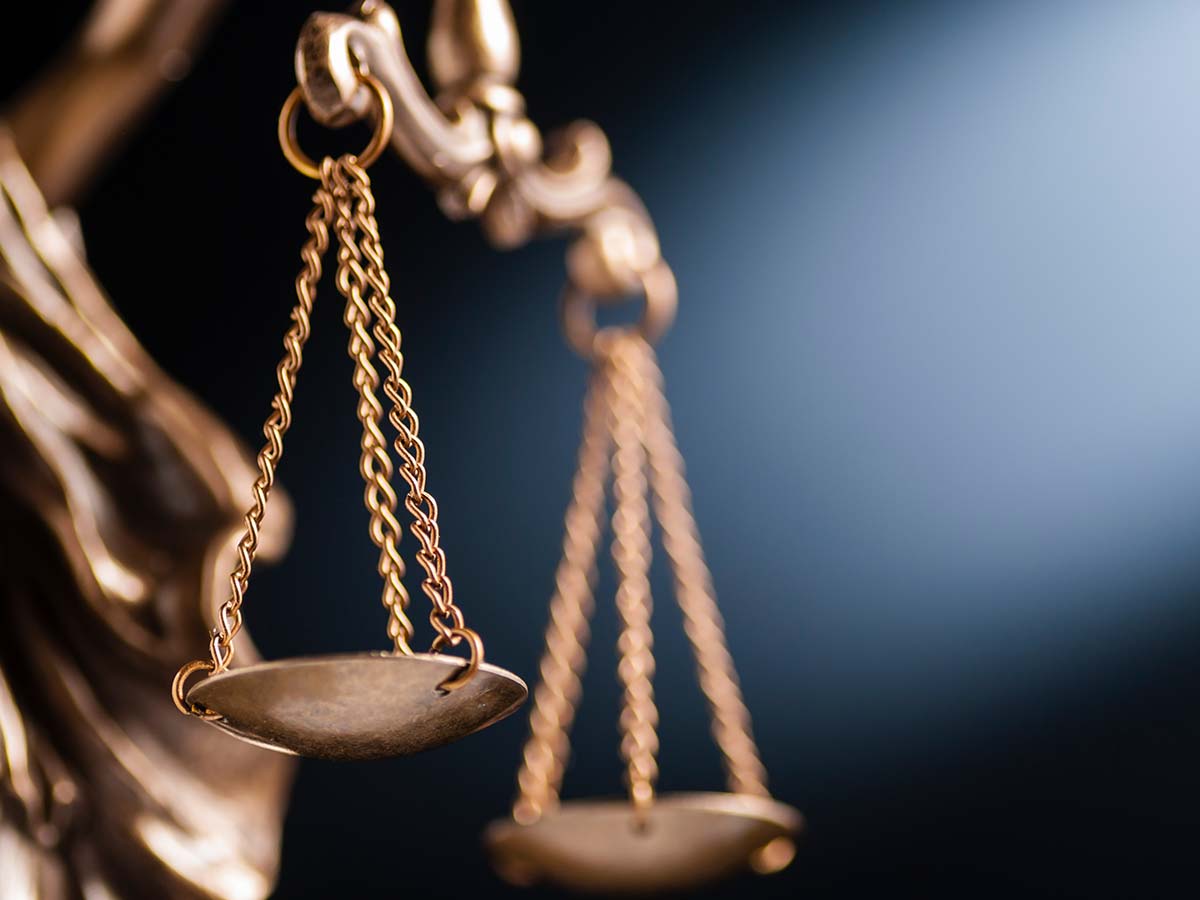In this comprehensive guide, we’ll explore the critical elements involved in establishing liability and ensuring you receive the compensation you deserve.
Understanding the Duty of Care
This is fundamental in legal contexts, as it defines one party’s responsibility towards another to prevent harm or injury. This concept is particularly crucial in personal injury cases, where establishing that a duty of care existed and was breached is essential for proving negligence.
Understanding the duty of care is essential in seeking justice in legal situations. This includes responsibilities such as safely operating a vehicle as a driver, maintaining a hazard-free environment as a property owner, and providing a standard medical professional care level. Duty of care serves as the foundation for pursuing justice in these scenarios.
Role of Evidence in Proving Liability
Evidence plays a pivotal role in establishing personal injury liability. Effective collection and presentation of evidence can make or break your case.
Here are some essential elements to consider:
- Medical Records: Gather all relevant medical records and bills documenting your injuries and treatment. This evidence can help establish the extent of your physical harm and the associated costs.
- Eyewitness Testimonies: Eyewitnesses can provide valuable accounts of the incident. Their statements can corroborate your version of events and strengthen your case.
- Expert Witnesses: Depending on the complexity of your case, consider consulting expert witnesses such as medical professionals, accident reconstruction specialists, or engineers. Their expertise can help clarify liability issues.
Establishing Negligence
Negligence is a critical concept in personal injury cases. To prove negligence, you must demonstrate the following elements:
- Duty of Care: Identify the party responsible for owing you a duty of care. This could be a driver, property owner, medical professional, or any other person or entity whose actions may have contributed to your injury.
- Breach of Duty: Show that the responsible party breached their duty of care. This typically involves demonstrating that their actions or inactions fell below the standard of care expected in a similar situation.
- Causation: Show a direct link between the defendant’s breach of duty and your injuries. This requires proving that, but for the defendant’s actions, your injuries would not have occurred.
- Damages: Prove that you suffered actual injuries due to the defendant’s negligence. This includes medical bills, lost wages, pain and suffering, and other losses.
Collecting and Presenting Evidence
The success of your personal injury case hinges on the quality and quantity of evidence you can present. Here’s how to go about it:
- Document the Scene: If physically able, document the accident scene with photographs or videos. Capture any hazardous conditions, damaged property, or relevant details that can help illustrate the circumstances.
- Preserve Evidence: Ensure the preservation of evidence, such as defective products, surveillance footage, or accident reports. Quick action can prevent critical evidence from being lost or tampered with.
- Witness Statements: Obtain contact information from witnesses and collect their statements while their memories are fresh. Witness testimonies can be compelling evidence.
- Police Reports: If applicable, obtain a copy of the police report filed at the scene. This document can provide an official account of the incident.
Addressing Comparative Negligence
In some personal injury cases, the injured party may share some responsibility for the accident. This concept is known as comparative or contributory negligence, depending on the jurisdiction. Understanding how this might affect your case is crucial:
- Pure Comparative Negligence: In states that follow pure comparative negligence, you can still recover damages even if you were partially at fault. However, your compensation will be reduced in proportion to your level of responsibility.
- Modified Comparative Negligence: Some states adhere to a modified comparative negligence system, which means you can only recover damages if your fault does not exceed a certain threshold (typically 50% or 51%).
Seek Legal Advice from Personal Injury Lawyers
Navigating the complexities of personal injury law can be daunting. To improve your chances of successfully proving liability, it’s advisable to seek guidance from legal experts and professionals.
Estes Personal Injury & Car Accident Lawyers can significantly enhance your chances of achieving a favorable outcome and securing the compensation you need to rebuild your life after an injury.
So, if you need legal assistance for your personal injury case, please contact us today at 281-929-0878. Our team of experienced professionals is here to provide the guidance and support you require to navigate this challenging journey towards justice and recovery.
Frequently Asked Questions
1. What are common safety measures at railroad crossings in New Orleans?
Safety measures include warning signs, lights, bells, crossing gates, and road markings. Familiarize yourself with these signals to enhance your safety while driving near railroad crossings.
2. Can I file a claim if I was a passenger in a vehicle involved in a railroad crossing accident?
Yes, passengers can file claims for compensation if they were injured in a railroad crossing accident. Our attorneys can help you navigate the legal process and seek the compensation you deserve.
3. What if I can’t afford legal representation after a railroad crossing accident?
Our attorneys work on a contingency fee basis, meaning you don’t pay us unless we win your case. This ensures that legal representation is accessible to everyone, regardless of financial circumstances.
4. Are railroad companies responsible for maintaining safety at crossings in New Orleans?
Yes, railroad companies have a legal obligation to maintain safe conditions at their crossings. Negligence on their part can lead to accidents, making them liable for damages.
5. Can I still pursue a claim if the railroad crossing accident resulted in a fatality?
Yes, if a loved one has lost their life in a railroad crossing accident, you may be eligible to file a wrongful death claim. Our compassionate attorneys can guide you through this difficult process and seek justice for your family.

